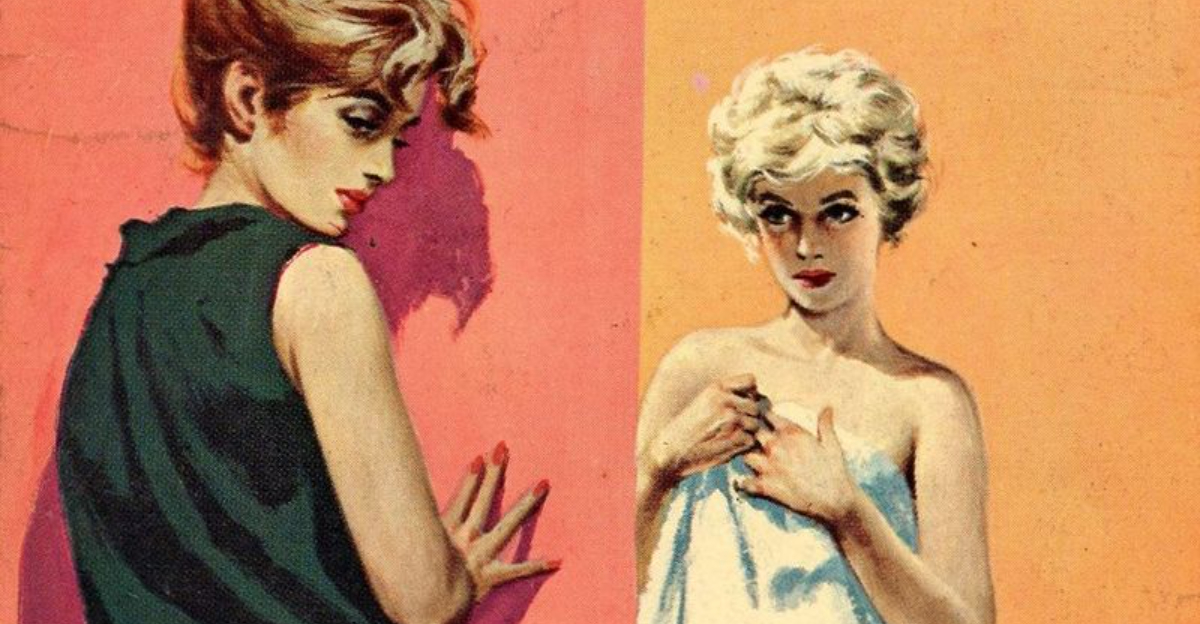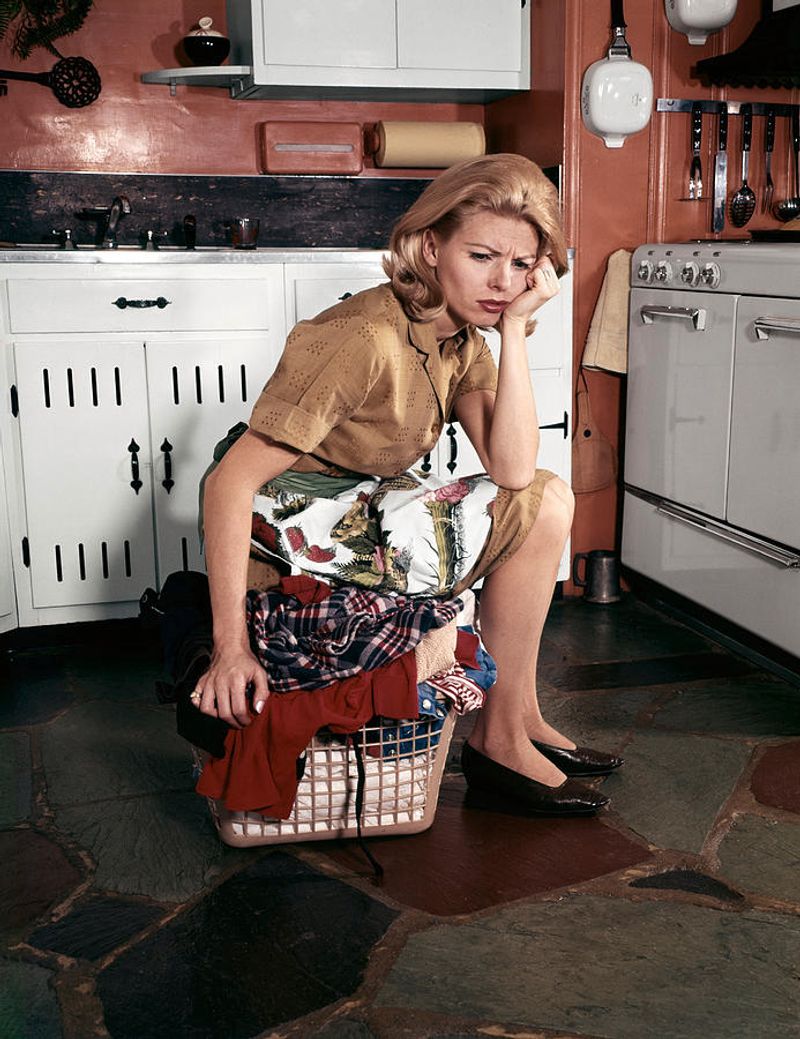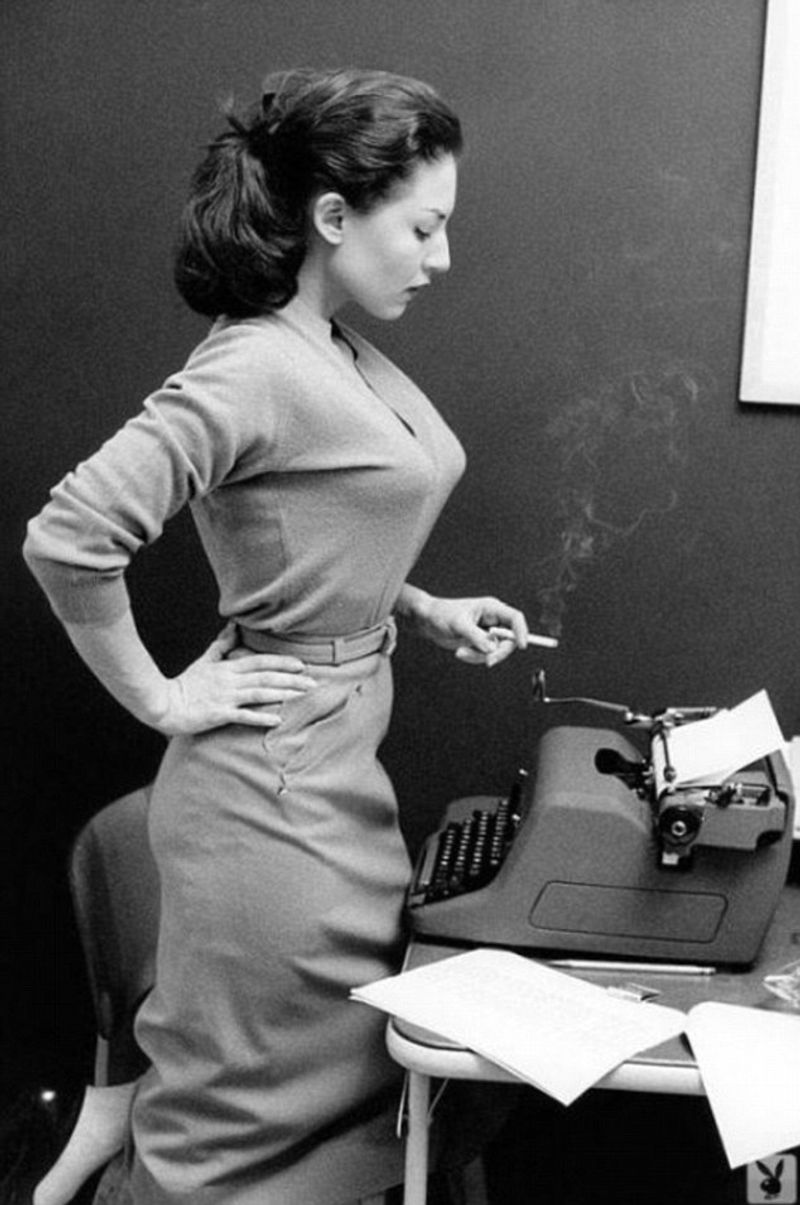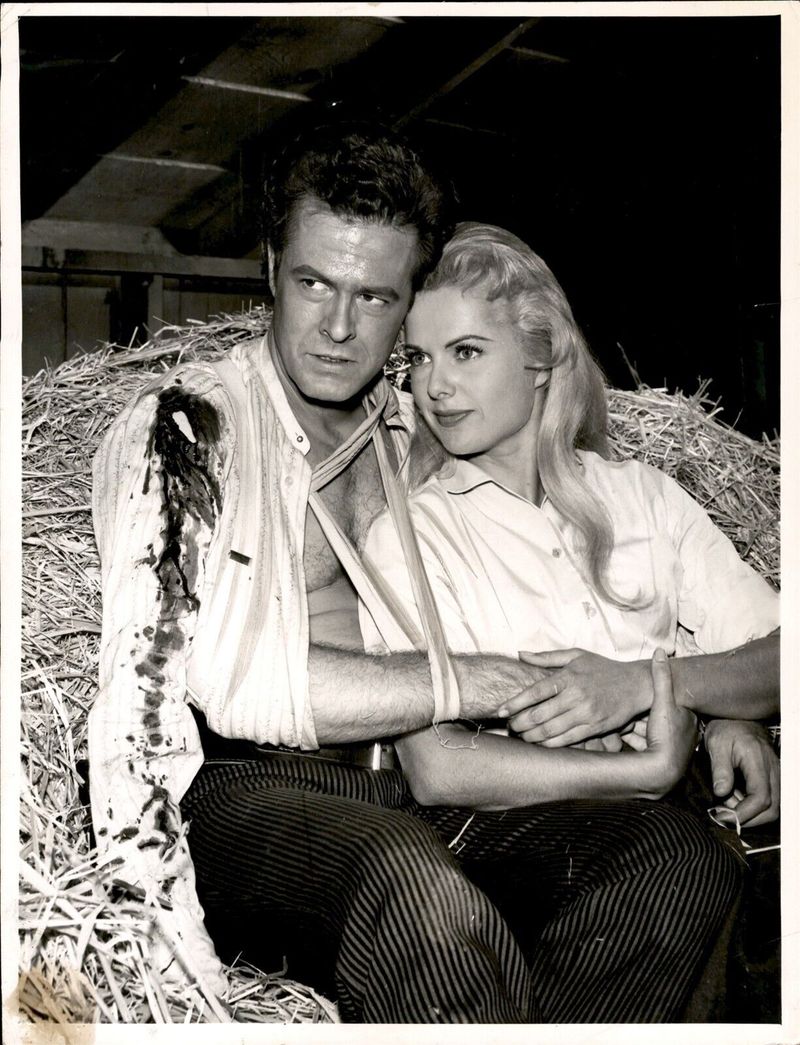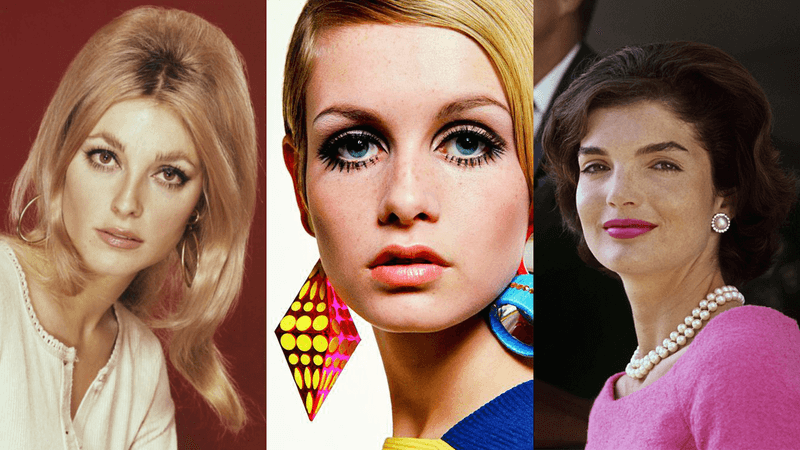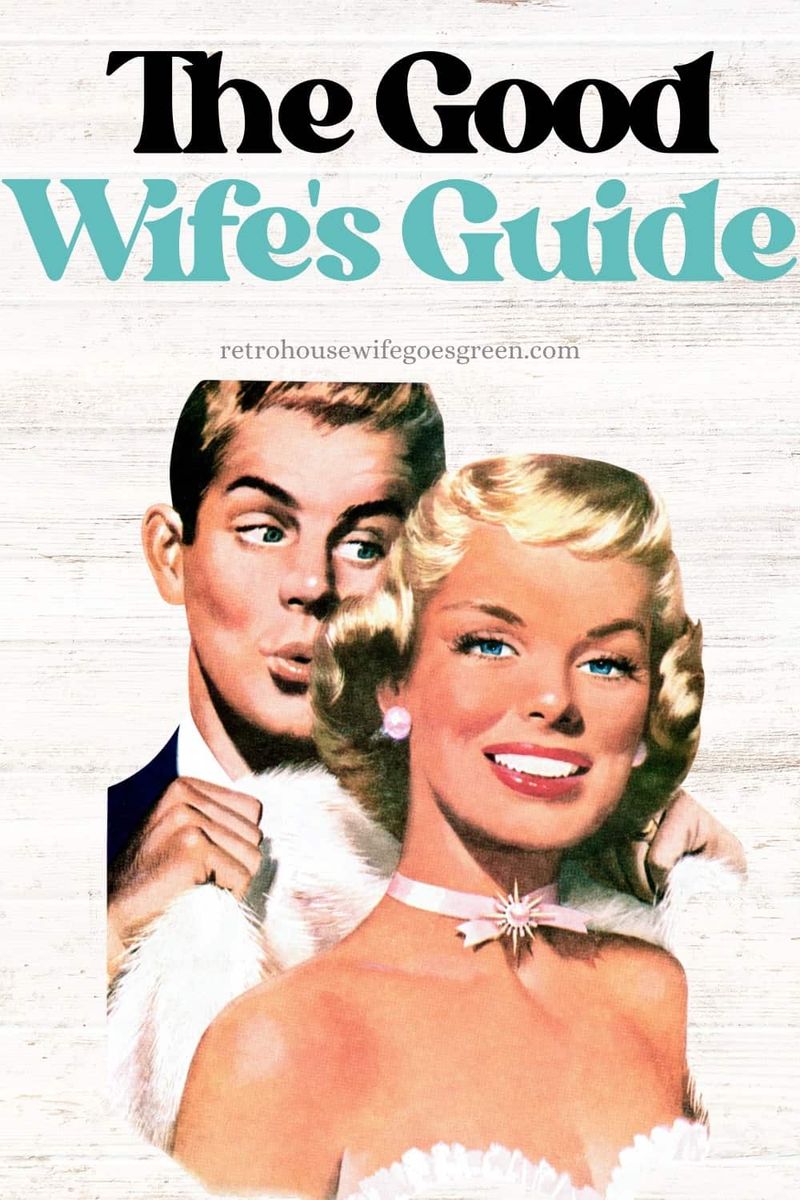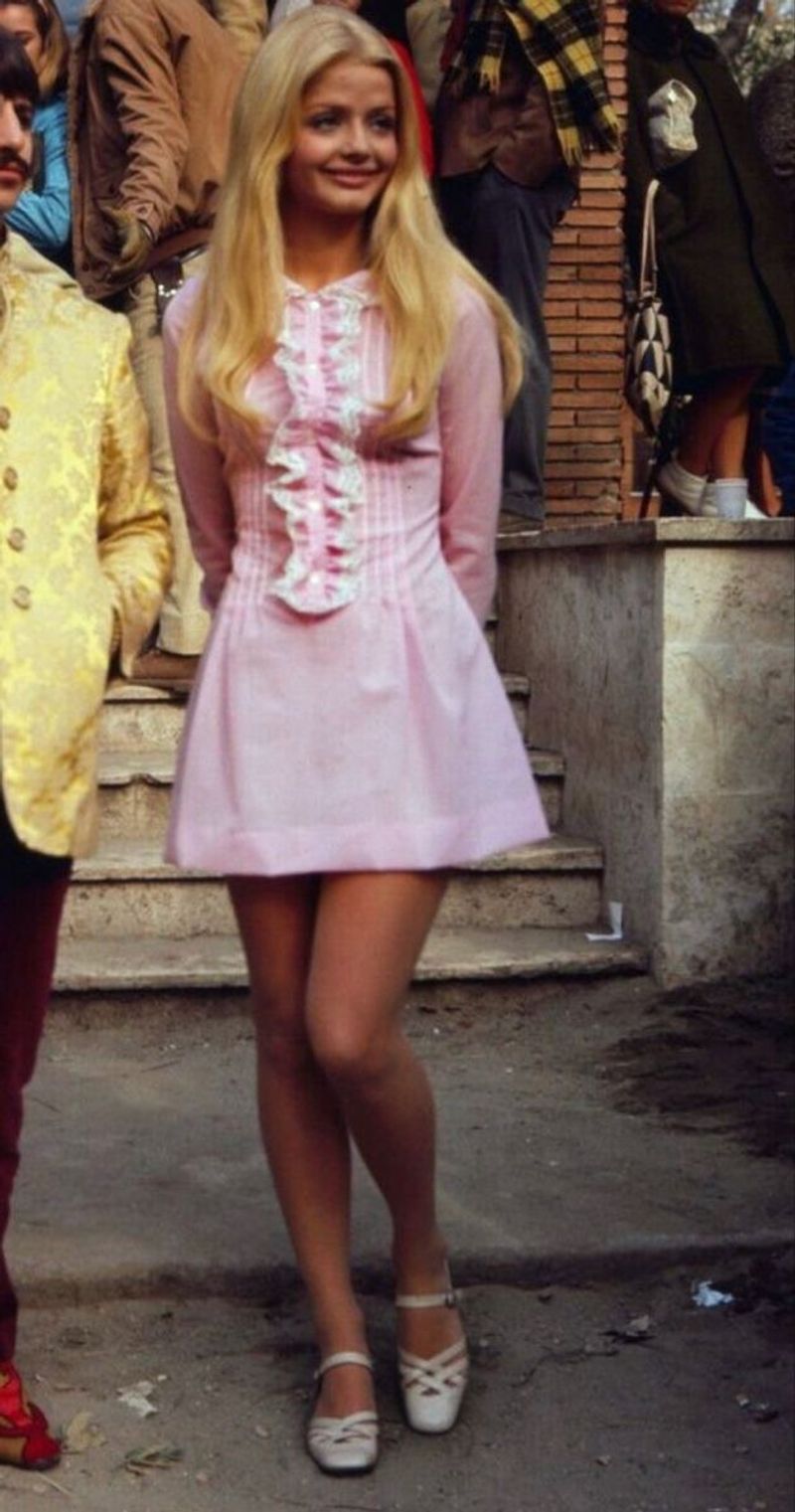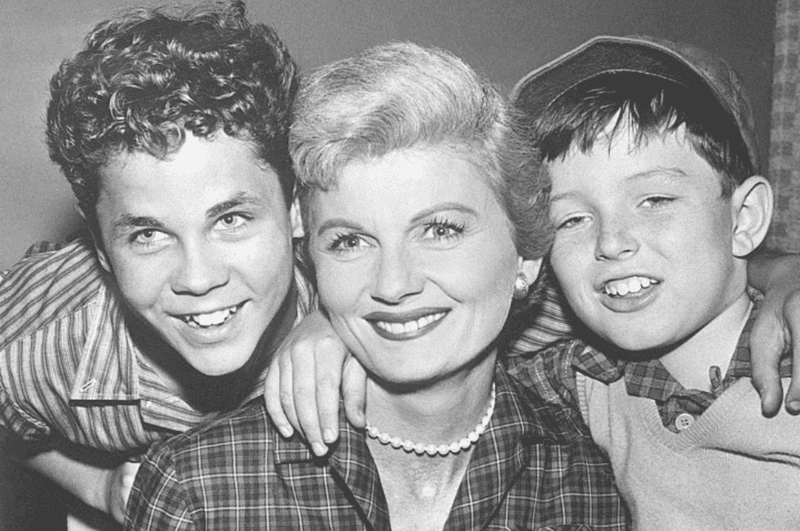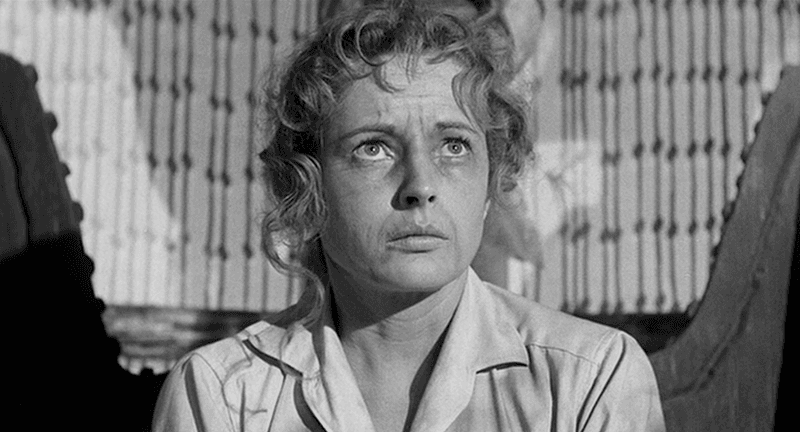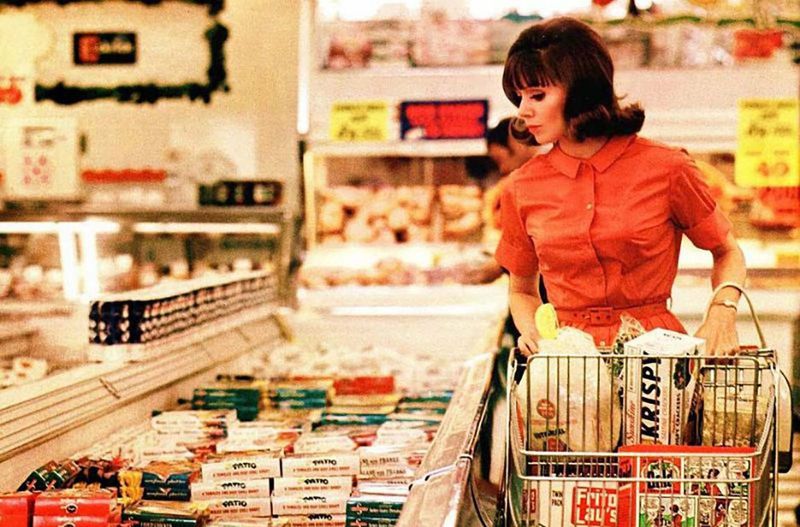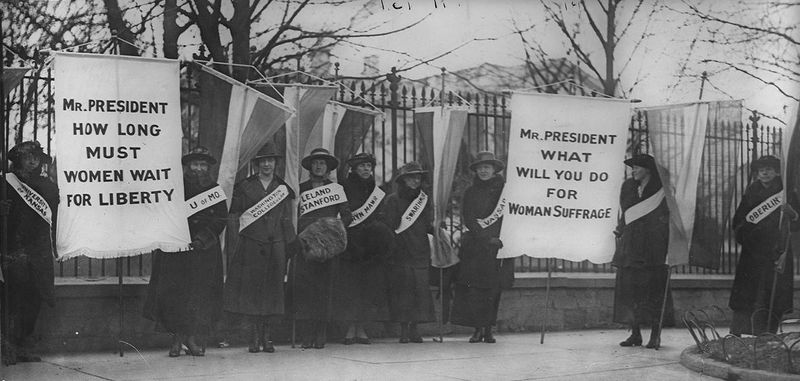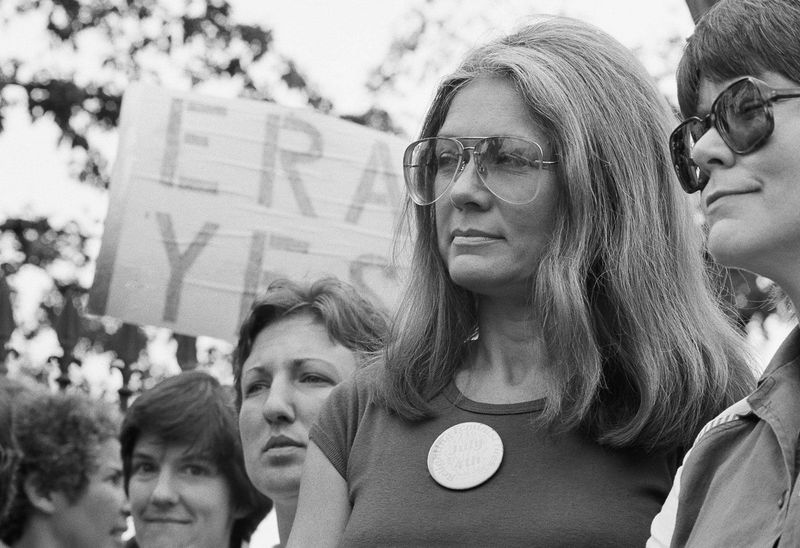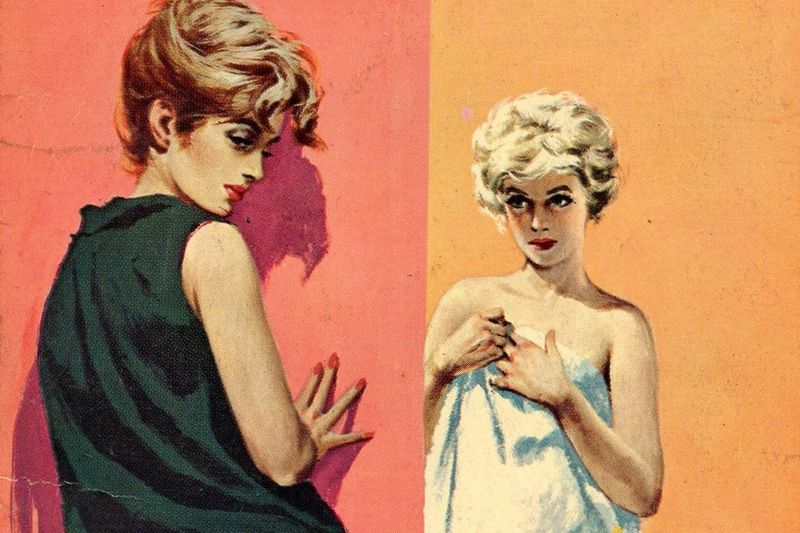The 1960s were a transformative decade, yet many stereotypes about women persisted and continue to echo into the present day.
These outdated perceptions still impact our collective consciousness, often undermining progress towards gender equality.
Let’s explore some of these enduring stereotypes that originated in the ’60s and understand how they continue to shape societal expectations of women today.
The Housewife
Picture this: a 1960s kitchen, vibrant with pastels, where a woman is the queen of her domestic domain. Society expected her to be the ultimate homemaker, dedicating her days to cleaning, cooking, and childcare.
Her identity was often entwined with her home, leaving little space for personal dreams or career ambitions.
This stereotype painted a picture of contentment in domesticity, but many women felt trapped in these roles. The pressure to maintain a perfect household overshadowed personal growth and aspirations.
Today, echoes of this stereotype linger, as work-life balance remains a challenge for many women.
The Secretary/Office Assistant
In the bustling offices of the 1960s, women were commonly seen answering phones or typing memos. They were the backbone of administrative operations but rarely seen as potential leaders.
This stereotype confined women to roles of support, limiting their opportunities for advancement. Despite their competence, they were often overlooked for promotions, reinforcing a limiting narrative.
Fast forward to today, while strides have been made, the remnants of this stereotype persist, subtly influencing perceptions about women’s capabilities in leadership roles. Breaking these barriers remains crucial for true workplace equality.
The Damsel in Distress
Imagine a classic ’60s movie scene: a woman in distress, waiting to be rescued by a dashing hero. This stereotype painted women as fragile and helpless, underscoring a narrative of dependency on men.
Such portrayals limited women’s independence and reinforced the idea that they couldn’t manage on their own. The expectation to be saved rather than to save oneself was pervasive.
Even today, this stereotype subtly influences media portrayals. The journey towards portraying women as strong and independent in every context continues to evolve, challenging these outdated notions.
The Perfect Beauty Icon
With her perfectly styled hair and flawless makeup, the 1960s beauty icon set a high bar. Society expected women to look impeccable at all times, often overshadowing their individuality.
The pressure to conform to these beauty standards was immense, and many women spent hours perfecting their appearance. This focus on exterior beauty often sidelined personal achievements and inner qualities.
Today, while beauty standards have diversified, the legacy of this stereotype lingers, influencing how women perceive self-worth and societal acceptance. Embracing diverse beauty is a step towards breaking free from these confines.
The Passive and Submissive Partner
In the ’60s, relationships often depicted women as passive, agreeable, and submissive to male authority. This stereotype suggested that a woman’s role was to support, not challenge, her partner.
Such dynamics stifled women’s voices, trapping them in roles where their opinions were secondary. This expectation to conform was prevalent both in personal relationships and broader social interactions.
Despite progress, remnants of this stereotype still affect modern relationships. Encouraging equal partnerships and open communication is essential in overcoming these outdated views and fostering mutual respect in relationships.
The Girly-Girl
The ’60s girly-girl was all about embracing an extreme form of femininity. From frilly dresses to an obsession with romance and fashion, this stereotype pigeonholed women into narrow interests.
Such portrayals often overshadowed other strengths and passions, reducing women’s roles to mere caricatures of femininity. This perception limited their opportunities to explore diverse fields and express individuality.
Today, while fashion is celebrated, it’s crucial to encourage women to pursue varied interests beyond traditional feminine norms, breaking free from the confines of this outdated stereotype.
The Ultimate Mother
Motherhood in the 1960s was heralded as a woman’s ultimate achievement. Society placed immense value on a woman’s ability to raise perfect children, often linking her worth to her maternal role.
This stereotype left little room for women to pursue other aspirations or identities. The pressure to be the perfect mother often overshadowed personal growth or career ambitions.
Today, while the idea of motherhood has evolved, the echoes of this stereotype persist. Supporting diverse paths for women, whether as mothers or professionals, is key to dismantling these expectations.
The Social Butterfly
In the 1960s, the social butterfly was admired for her charm and active social life. Her value was often tied to her ability to entertain and be the life of the party.
This stereotype overshadowed women’s aspirations for substantial careers or leadership roles. The focus was on cultivating relationships rather than professional achievements.
Today, while social skills are invaluable, it’s crucial to recognize and support women’s ambitions beyond social settings, ensuring that they are celebrated for achievements in all spheres of life.
The Emotional or Hysterical Woman
The emotional woman stereotype painted females as irrational and hysterical, often dismissing their opinions and undermining their credibility in debates.
This perception was particularly damaging in professional settings, where women were often not taken seriously. It reinforced a narrative that women’s emotions were a weakness rather than a strength.
Today, while emotional intelligence is more valued, the remnants of this stereotype still challenge women’s authority. Emphasizing rationality and emotional balance in all professionals, regardless of gender, helps counteract these outdated views.
The Frivolous Consumer
The 1960s consumer culture painted women as frivolous spenders, obsessed with shopping and material goods. This stereotype reduced women’s roles to that of superficial consumers.
It overlooked the reality of women’s financial acumen and decision-making abilities. Such portrayals often diminished women’s contributions to household and economic decisions.
In today’s world, while consumer culture thrives, recognizing women’s roles as informed consumers and decision-makers is vital. Encouraging financial literacy and celebrating economic contributions helps move beyond this outdated stereotype.
The Silent Supporter
In the 1960s, women were often cast as the silent supporters of their partners’ ambitions, expected to remain in the background.
Their achievements were minimized, and they were encouraged to prioritize their husband’s success over their own. This narrative stifled women’s potential and downplayed their contributions.
Breaking free from this stereotype involves celebrating women’s achievements independently and acknowledging the value of mutual support in partnerships. Encouraging women to shine in their own right is crucial in overcoming this outdated ideal.
The Incompetent Leader
The stereotype of the incompetent leader suggested women were unfit for positions of power or leadership, a bias that significantly impeded their advancement in politics and business.
This perception was rooted in societal norms that undervalued women’s abilities, often resulting in them being overlooked for leadership roles.
Today, while progress has been made, the remnants of this stereotype still pose challenges. Promoting gender equality in leadership and recognizing diverse leadership styles are essential steps towards dismantling these barriers.
The Virgin or the Overly Sexualized Object
In the 1960s, women were often judged based on their sexual purity or objectification. This stereotype forced them into narrow, contradictory standards of sexuality and respect.
Such portrayals reduced women’s worth to their sexual behavior, overshadowing their individuality and achievements. The expectation was to either be virtuous or desirable, with little room in between.
Today, while sexual freedom has progressed, these stereotypes still influence societal perceptions. Embracing diverse expressions of sexuality and respecting individual choices is crucial in moving beyond these outdated views.
